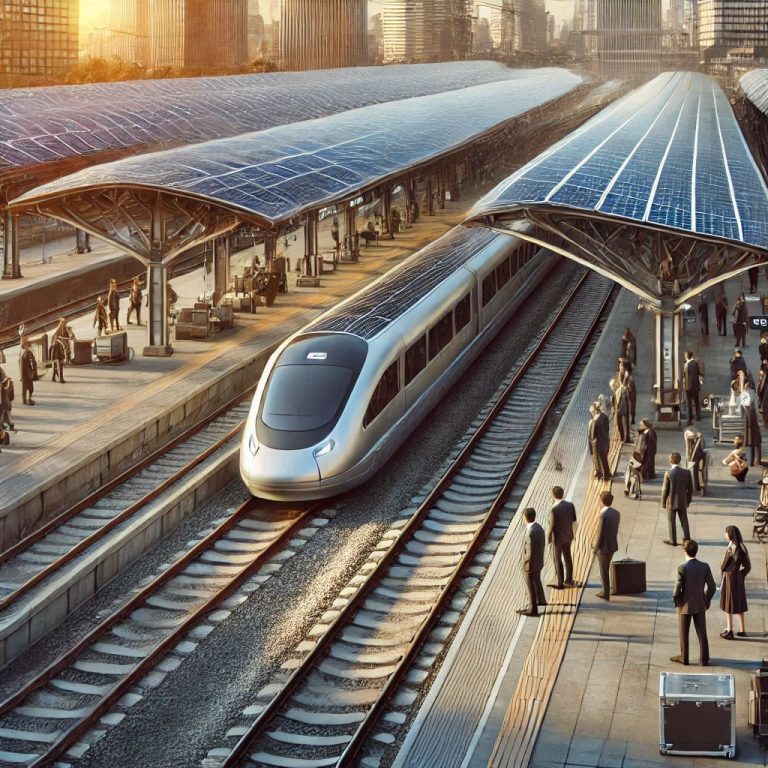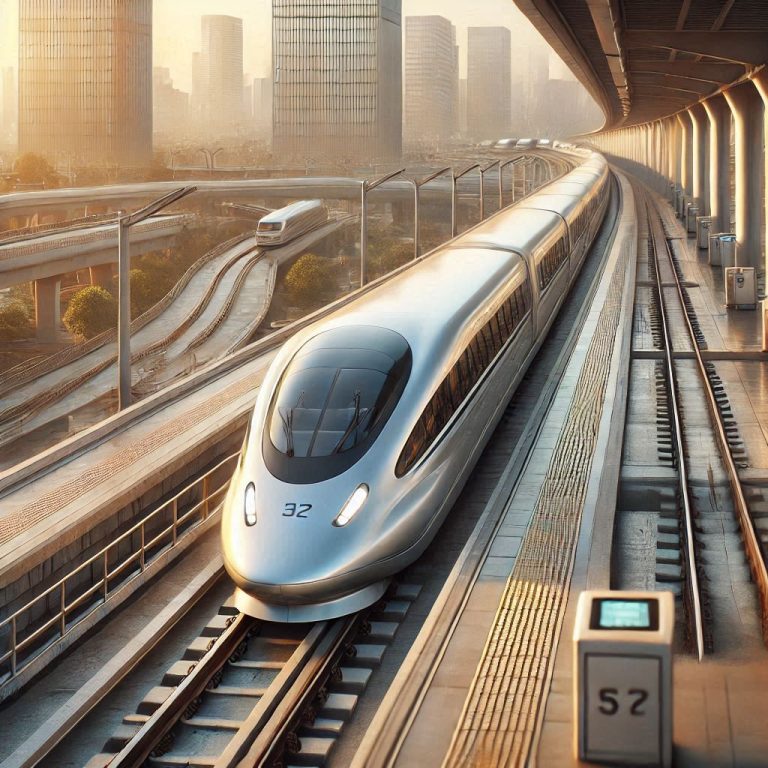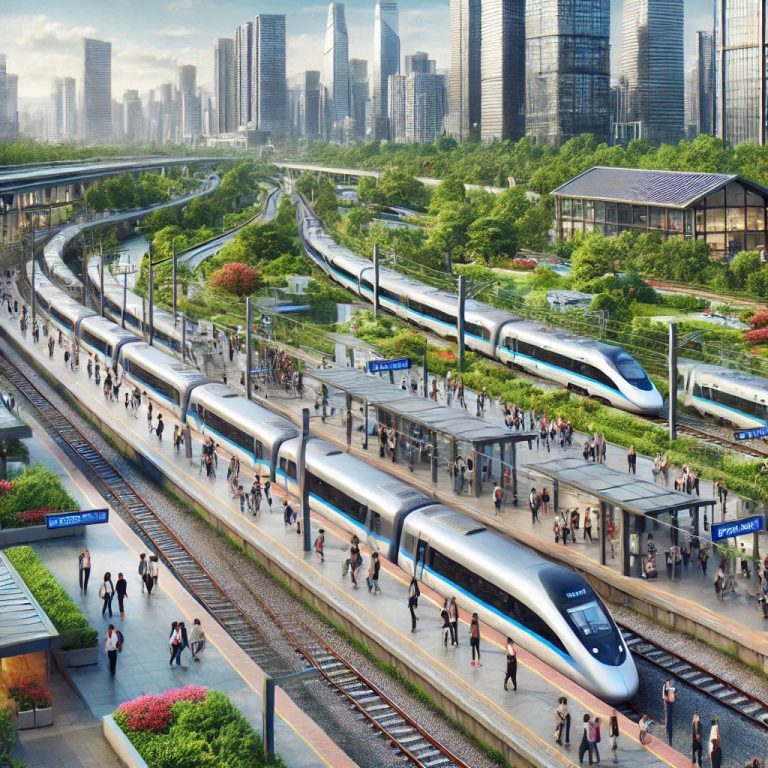
Introduction:
The history of electric-powered trains is a fascinating journey through technological innovation and societal transformation. From the early experiments in the 19th century to the widespread adoption of electric trains in the 20th and 21st centuries, electric-powered trains have revolutionized rail transport. This guide will explore the origins of electric trains, key milestones in their development, and their impact on the railway industry and society as a whole.
Early Experiments and Innovations.
The concept of electric-powered trains dates back to the early 19th century. One of the earliest pioneers was Scottish inventor Robert Davidson, who built a prototype electric locomotive in 1837. Davidson’s locomotive used non-rechargeable batteries, which limited its practicality, but it demonstrated the potential of electric traction for rail transport.
In 1879, German engineer Werner von Siemens showcased the first practical electric locomotive at the Berlin Industrial Exhibition. This locomotive, powered by a direct current (DC) electric motor, ran on a short demonstration track and marked a significant milestone in the development of electric trains.
The Advent of Electric Tramways.
The late 19th century saw the introduction of electric tramways, which played a crucial role in popularizing electric traction for urban transport. In 1881, Werner von Siemens opened the world’s first electric tram line in the Berlin suburb of Lichterfelde. The success of this line spurred further developments in electric tram systems across Europe and North America.
One of the most significant early electric tram systems was the Blackpool Tramway in England, which began operation in 1885. This system utilized overhead wires to supply electric power to the trams, a method that became the standard for electric tramways worldwide.
Expansion and Electrification of Rail Networks.
The early 20th century saw a rapid expansion of electric rail systems, particularly in urban areas. The City and South London Railway, which opened in 1890, was the world’s first deep-level underground electric railway. This line, now part of the London Underground, demonstrated the advantages of electric trains for urban transit, including reduced noise and emissions compared to steam locomotives.
In the United States, the New York City Subway began operation in 1904, becoming one of the largest and most extensive urban rail systems in the world. The success of these early electric rail systems led to the widespread electrification of urban and suburban rail networks.
Advances in Technology and High-Speed Rail.
The mid-20th century saw significant advancements in electric train technology, including the development of high-speed rail. Japan’s Shinkansen, also known as the “Bullet Train,” made its debut in 1964, connecting Tokyo and Osaka with trains capable of speeds over 200 km/h (124 mph). The success of the Shinkansen inspired the development of high-speed rail systems in other countries, including France’s TGV (Train à Grande Vitesse) and Germany’s ICE (InterCity Express).
Modern electric trains benefit from advancements in power electronics, regenerative braking systems, and sophisticated control systems. These innovations have led to increased energy efficiency, reduced operating costs, and improved passenger comfort.
The Impact of Electric Trains on Society.
Electric-powered trains have had a profound impact on society, offering numerous benefits over traditional steam and diesel locomotives. These benefits include:
Environmental Benefits: Electric trains produce zero emissions at the point of use, contributing to cleaner air in urban areas and reducing greenhouse gas emissions.
Efficiency and Reliability: Electric trains offer higher energy efficiency and reliability compared to diesel trains, reducing operating costs and improving service quality.
Passenger Comfort: Electric trains provide a smoother and quieter ride, enhancing the overall travel experience for passengers.
Summary.
Electric-powered trains have evolved significantly since their inception in the late 19th century. Early experiments with electric traction led to the development of the first electric tramways and locomotives, which demonstrated the potential for cleaner, more efficient rail transport. Over the years, advancements in technology and infrastructure have enabled the widespread adoption of electric trains, offering numerous benefits such as reduced emissions, lower operating costs, and improved passenger comfort. Today, electric trains are a cornerstone of modern rail systems around the world, playing a crucial role in sustainable transportation.



